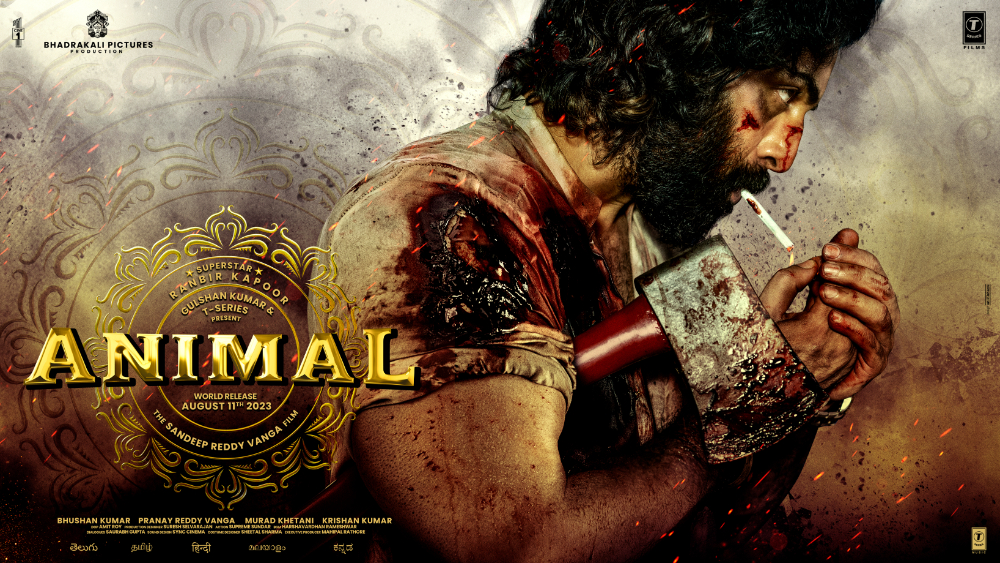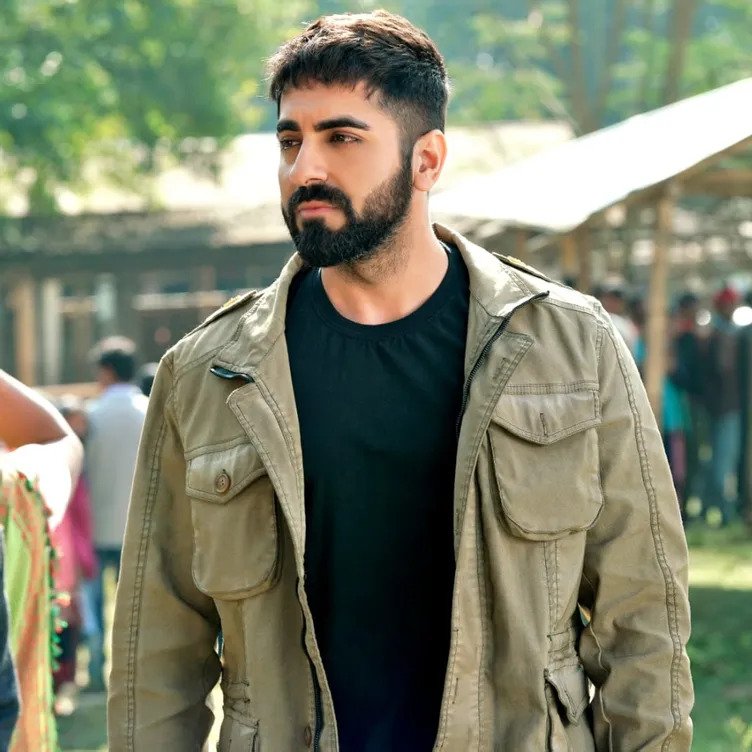 Once upon a time there was a good idea. Somewhere between New York and the academic Gyan Prakash who authored ‘Mumbai Fables’, James Ellory and his crime noir novels ‘L.A. Quartet’, Mumbai of the 1960s with its surviving live music scene and the filmmaker Anurag Kashyap. But just as arbitrary as this mix of ingredients sounds, the result is a mishmash called ‘Bombay Velvet’.
Once upon a time there was a good idea. Somewhere between New York and the academic Gyan Prakash who authored ‘Mumbai Fables’, James Ellory and his crime noir novels ‘L.A. Quartet’, Mumbai of the 1960s with its surviving live music scene and the filmmaker Anurag Kashyap. But just as arbitrary as this mix of ingredients sounds, the result is a mishmash called ‘Bombay Velvet’.
At the centre of this crime drama, that begins two years after Indian independence but plays out in Bombay of the 1960s, is Rosie and Johnny’s love story. This is a time of jazz music, bootlegging and an ambition for a new Bombay modeled on Manhattan. Rosie (Anushka Sharma) is a vulnerable damaged girl with a beautiful singing voice trying to survive in Bombay. Johnny Balraj (Ranbir Kapoor), a street fighter and petty criminal with a desire to become a ‘big shot’, falls madly in love with Rosie. She finally begins to see a glimmer of hope and a shot at happiness.
Derailing their fairytale love story are conniving businessmen (Karan Johar), corrupt politicians and bureaucrats (Siddhartha Basu) and twisted editors (Manish Choudhary). Soon after the stylish opening credits and a hasty and choppy introduction to the main characters, you understand that Rosie and Johnny’s story can only end badly. Knowing the beginning and the end, one hopes that Kashyap will present something fresh in between. Instead the screenplay takes the formula and the clichéd plot points, jumbles them and pushes out a tiresome narrative with characters with inexplicable motives.
I had no idea why all the characters had to be corrupt and damaged and why they were doing whatever they were. For instance why is Rosie obligated to spy for the newspaper editor Jimmy Mistry (Choudhary)? After just one chance encounter, why does Khambatta zero in on Balraj to become his protégé and manage Bombay Velvet? Why does Johnny think he can become a big shot without ever using his brains and why does he idolize Hollywood star James Cagney and not a 1960s Hindi matinee idol?
The sumptuous sets (especially the Bombay Velvet club), costumes, impressive visual effects, cinematography and a fleet of delightful vintage cars cannot compensate for the complete lack of empathy or sympathy for the characters. Even two editors could not suture this haphazard narrative, which also talks of discontent among mill workers, kidnapping of a union leader, reclamation of Nariman Point and relocation of the World Trade Centre. Amit Trivedi’s jazz notes add mood but the songs do not linger with you.
Ranbir Kapoor clocks in another respectable performance, fighting not only on screen but also punching his way out of this marshy tale. Anushka Sharma’s early vulnerability is soon lost. Karan Johar seems to be relishing his role as the conniving businessman, except when he is forced to shoot a gun and handle a knife. The rest of the cast is completely at odds with the meter of the film, and seem more concerned with their retro Fedoras, sunglasses and pipes. The only character you feel for is Chiman, Balraj’s doomed bestie played assuredly by Satyadeep Mishra.
It’s an old formula and Kashyap falters with the form. The script (Vasan Bala, S. Thanikachalam, Kashyap, Prakash) does not stick close to history or facts, leaning heavily on style to overcome the lack of substance. This is a Mumbai that Kashyap’s idol Martin Scorsese (credited in the film) might imagine, but one that my parents are unlikely to recognize.
Rating: **





